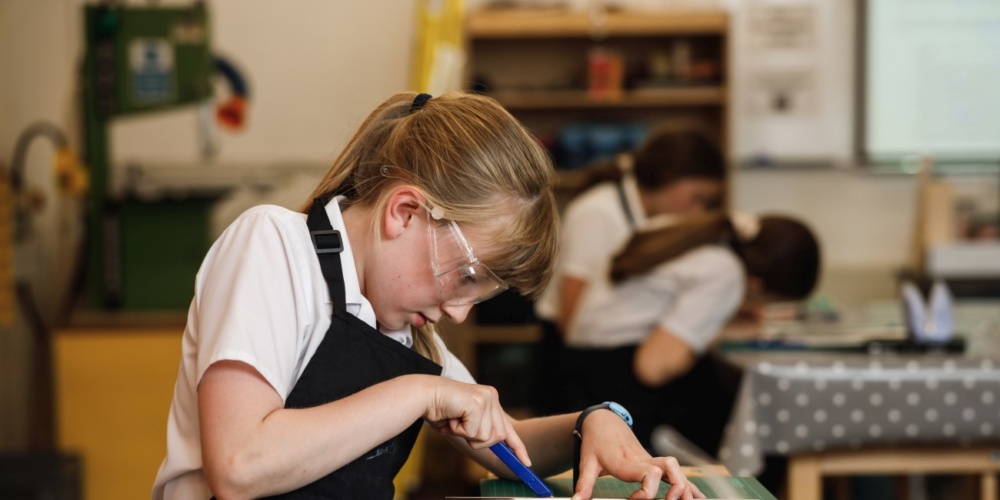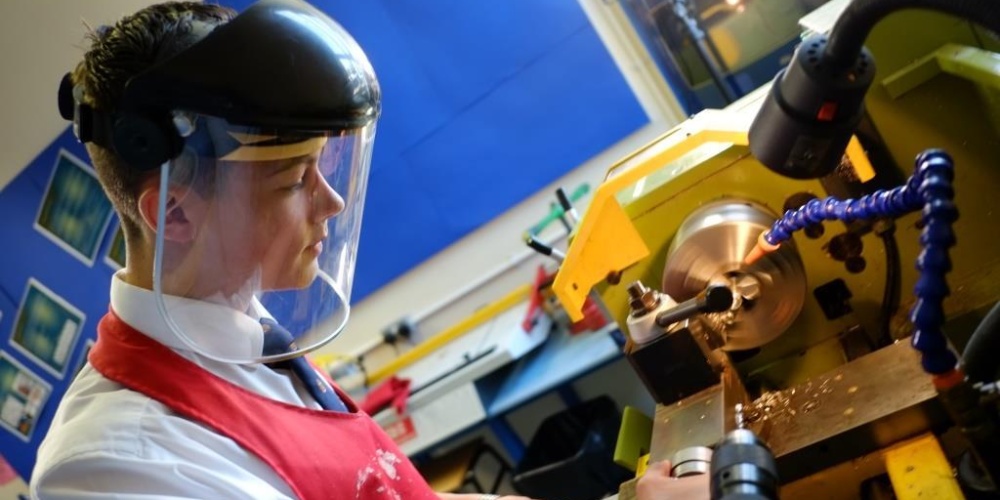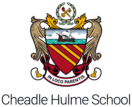Design & Technology GCSE Exam Information
Course Content
Pupils cover a broad range of core theoretical content in areas such as materials, processes, emerging technologies, design movements. They also consider the environmental social and moral issues associated with the design and production of consumer goods.
Following coverage of the core content, pupils elect to study one of six areas of materials discipline. Pupils are guided towards the most appropriate materials discipline for this in-depth study.
Areas include metals, papers & boards, polymers and timbers.
In addition to Design & Technology content, pupils will be taught specific scientific and mathematical principles that are embedded into the specification.
The non-examined assessment unit will enable pupils to demonstrate the wide range of knowledge and skills they have acquired through the design and production of a product. This will be done in response to a board-set theme, released on the 1st of June in Year 10.

Course Structure
The Design and Technology GCSE is comprised of two units: a written paper worth 50% of the GCSE and a non-examined assessment worth the remaining 50%. The course will be delivered as a liner, two-year qualification, with assessment in Summer of Year 11.
Reading and Resources
Aside from the official textbook and accompanying digital resources that pupils are issued with, it is vital that pupils demonstrate a broad thirst for learning in design and technology.
There is no better way to remain aware of ongoing developments in the subject area than to read technology-related news on a daily basis, using a wide variety of online outlets.
There is also a wide variety of monthly publications dedicated to the field of design and technology that pupils are advised to engage with.
Pupils will be issued with recommended reading lists during the course. The department is also equipped with a well-stocked collection of books.
Exam Board: Edexcel



